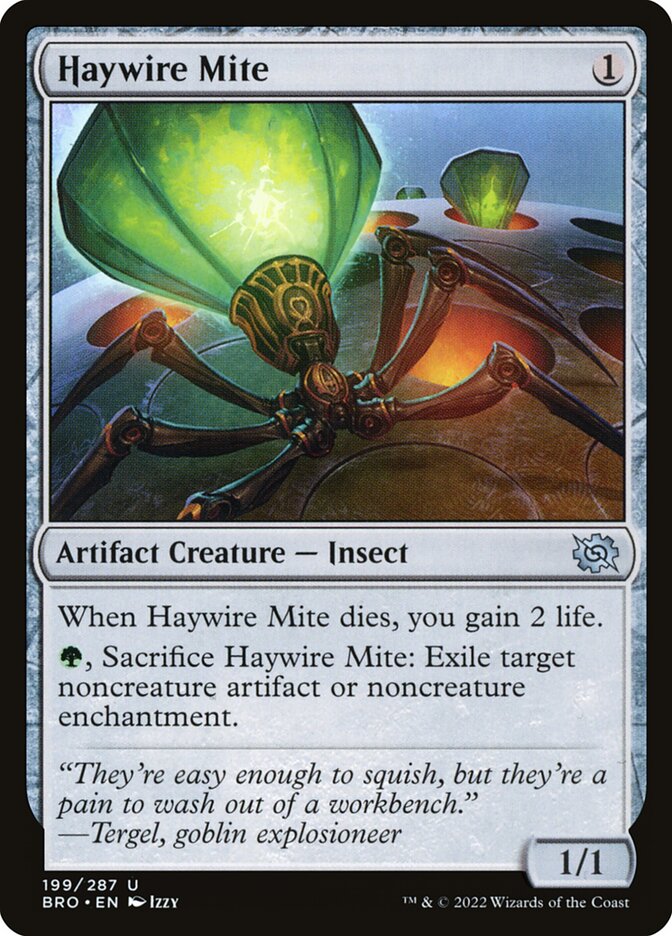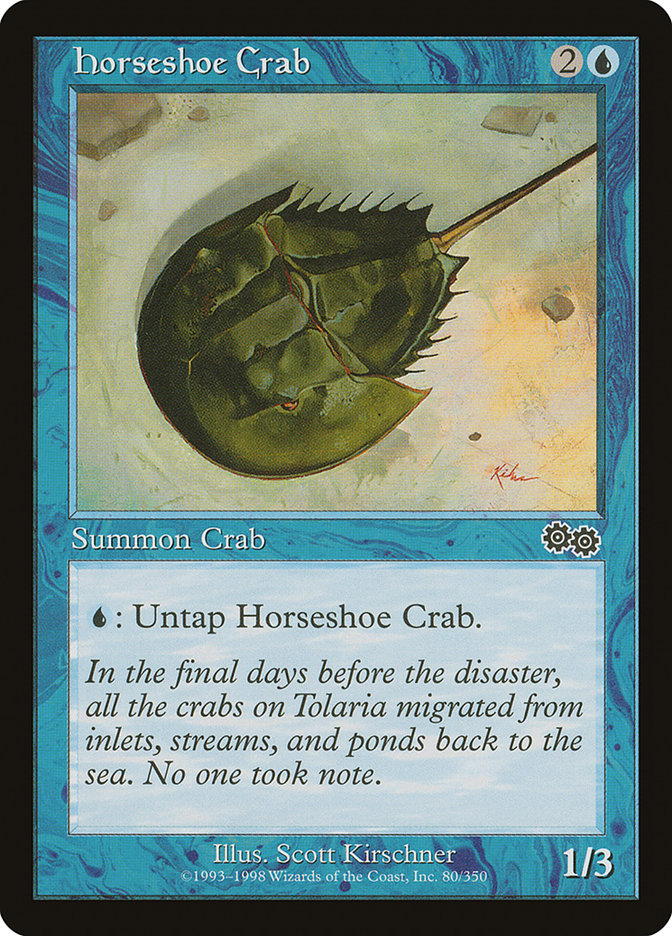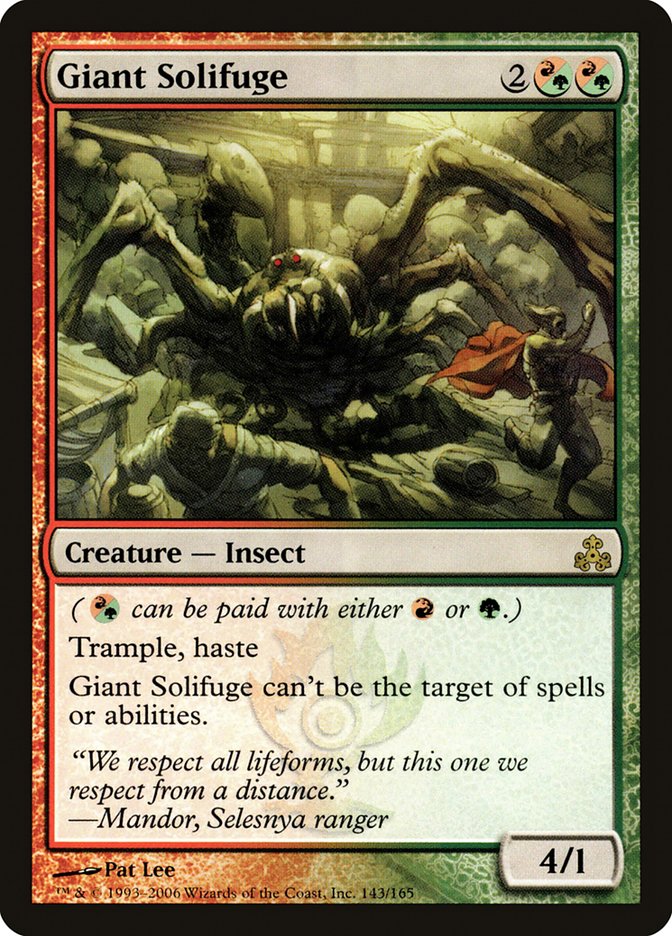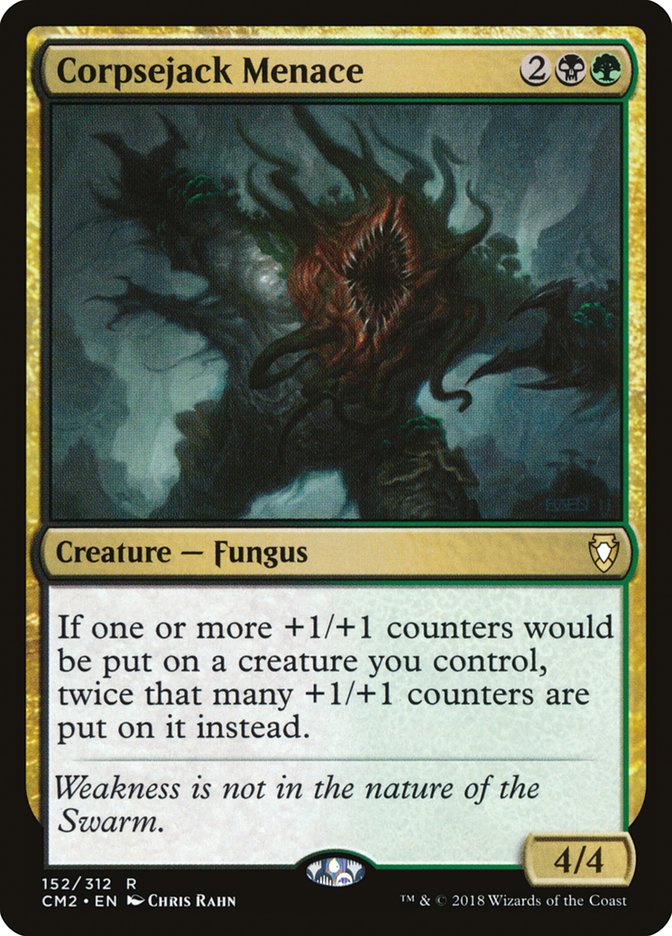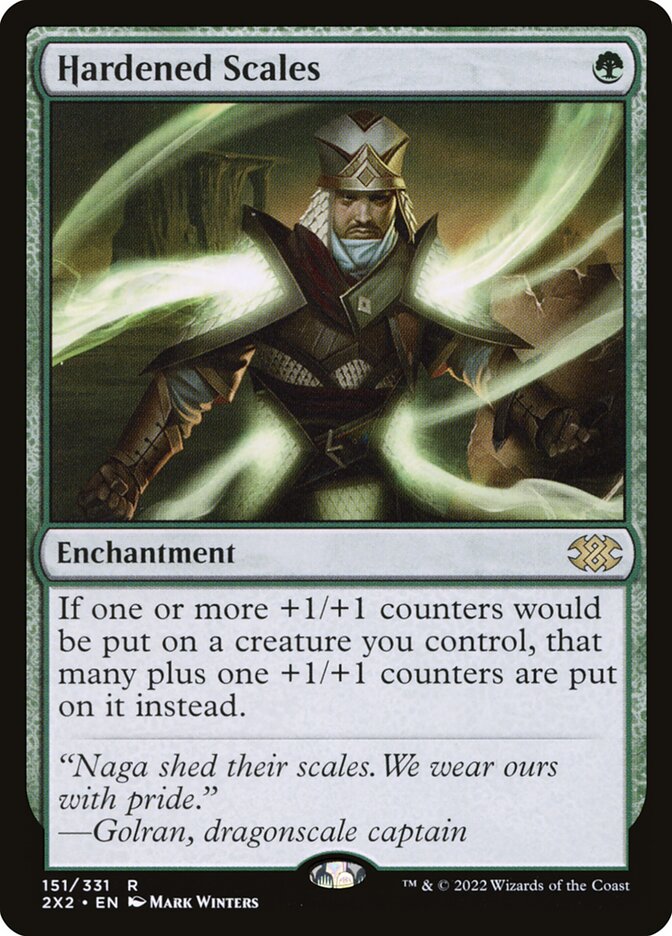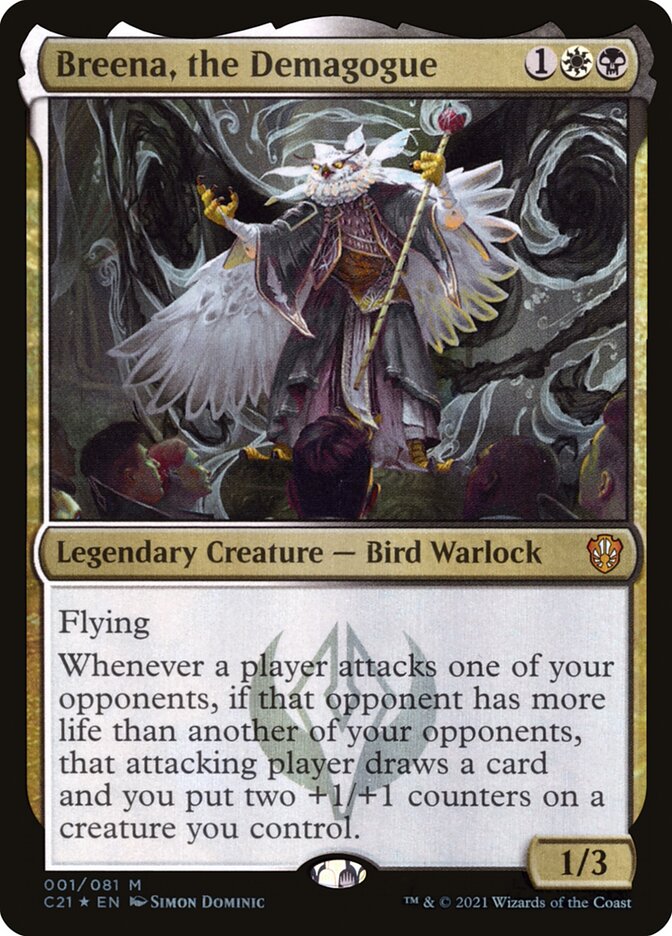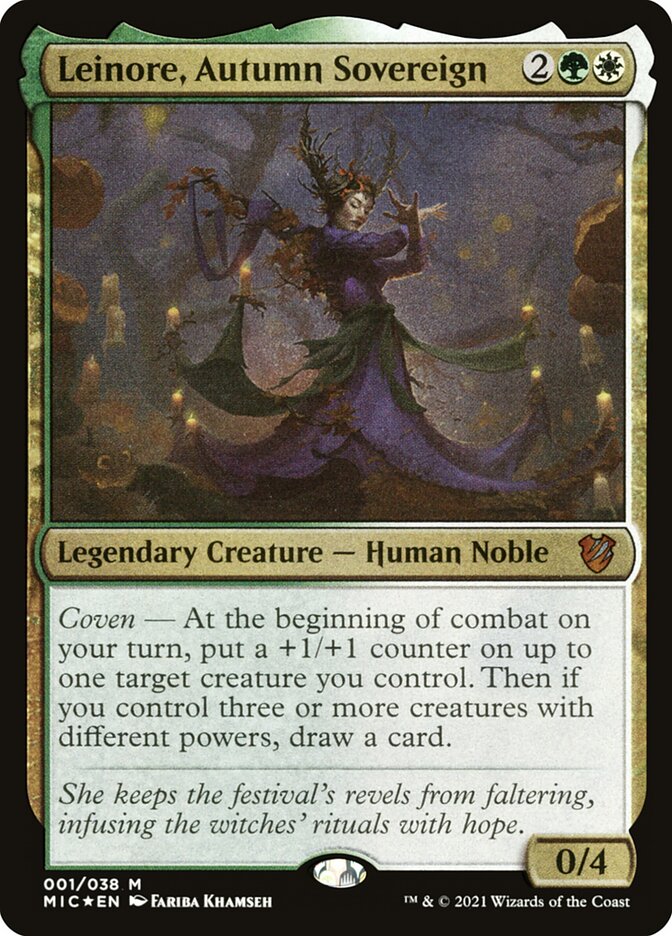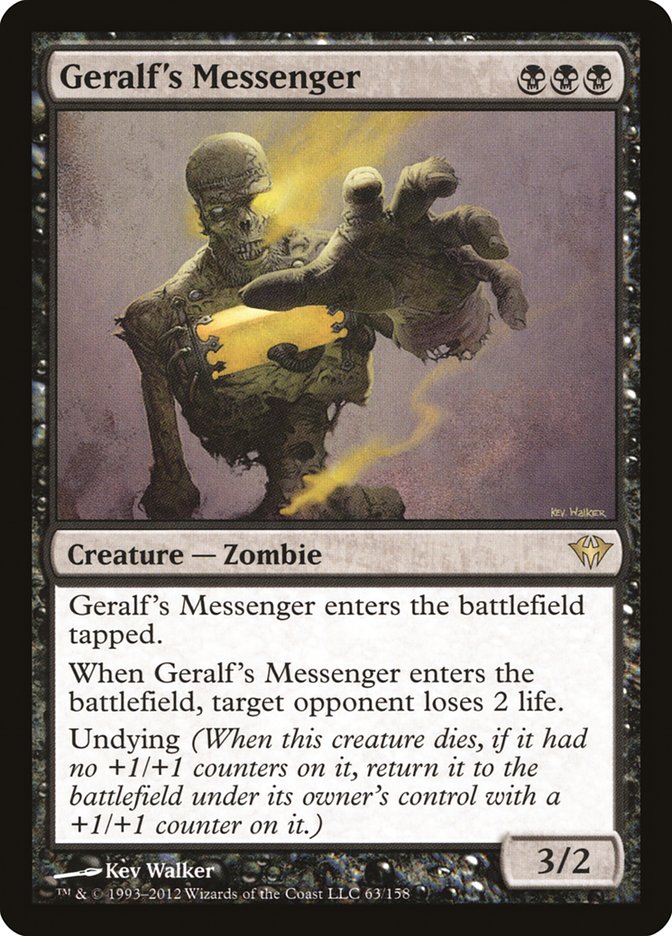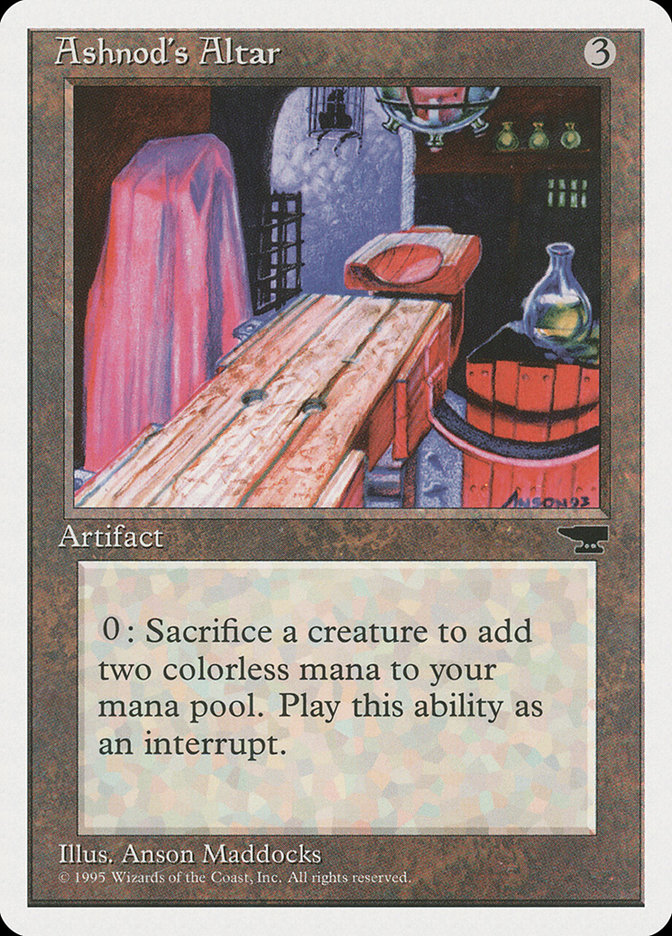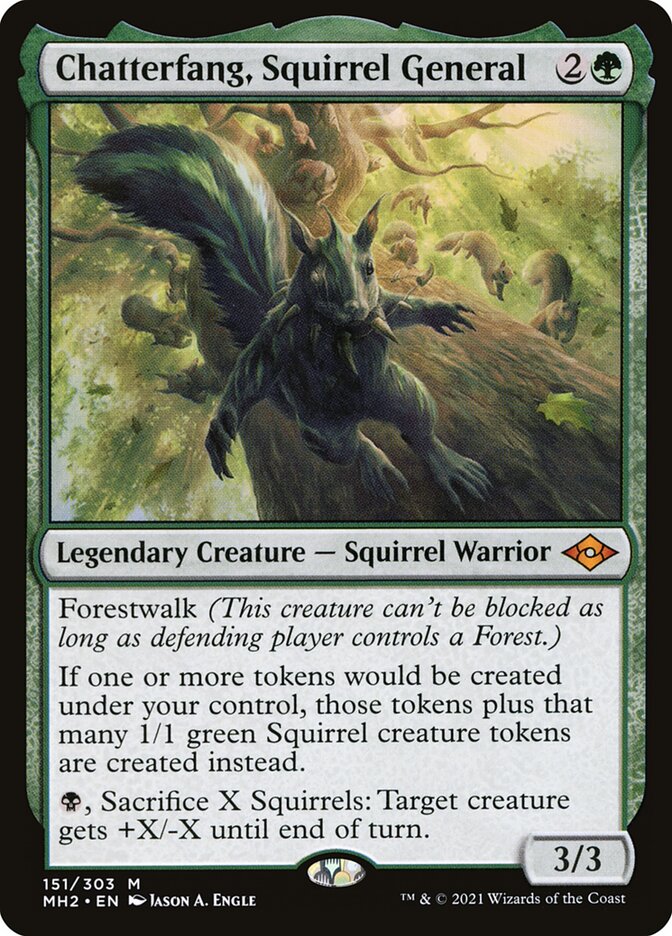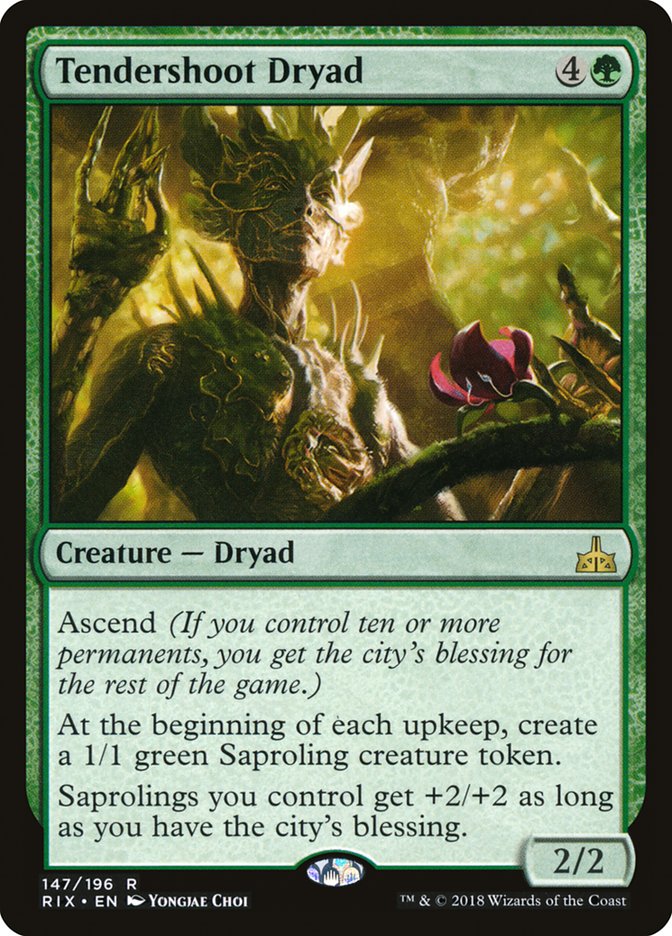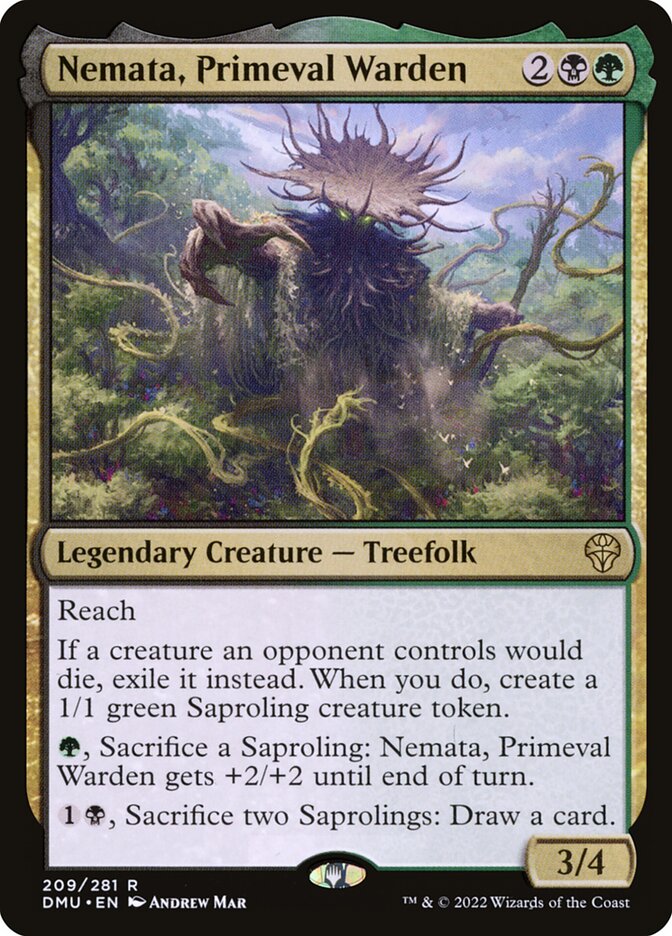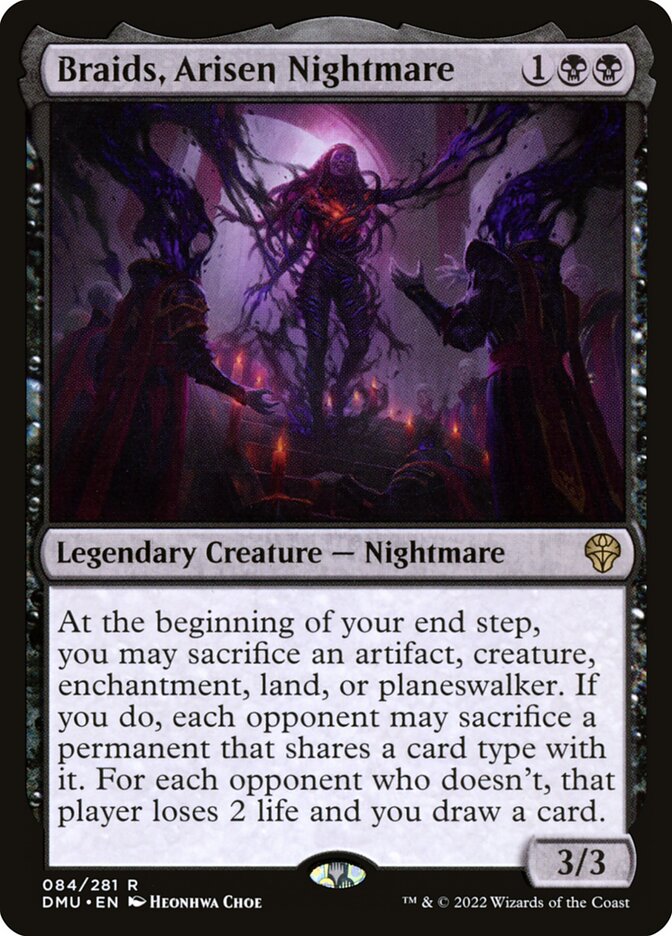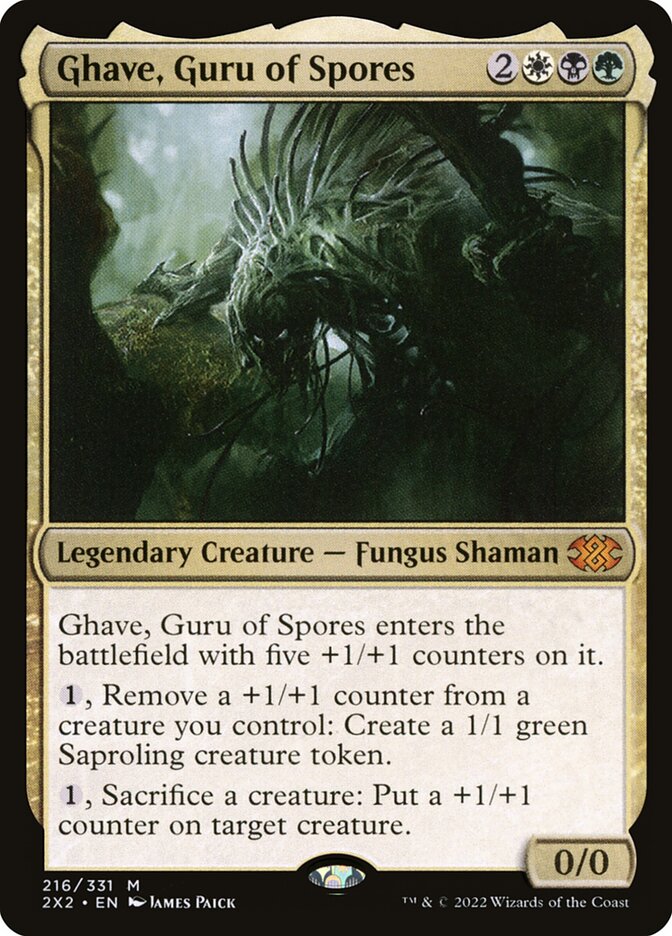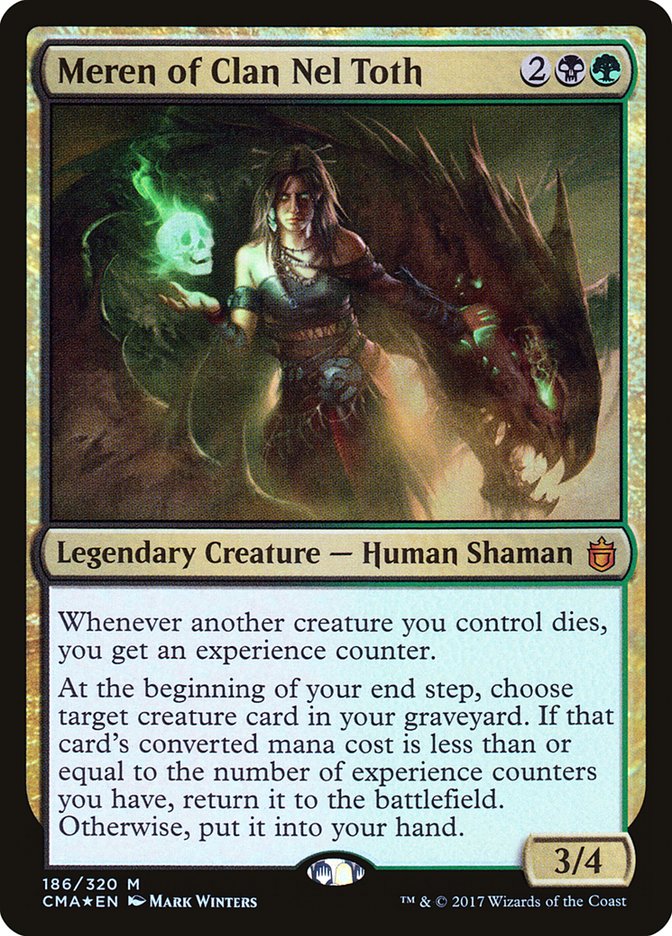Magic: the Gathering plays host to tropes and concepts belonging to so many niches of fandom. This spans from pop culture references and homages of media from generations past, to the coopting of entire fandoms through Universes Beyond, and to the long-past era of Magic's flavor text borrowing the words of the great writers of the past. If we treat Magic like a big-tent concept, there is something for everyone under its canopy, even if some can only live on in the flavor text printed on cards that came before the established worlds of Dominia took shape, before the idea of a multiverse of independent settings could be unified by connections between them and tropes could be lent to one another. I get lost in the prose of Shakespeare at least once a month while sifting through my older cards, prompting me to pull a modern translation off my bookshelf to dig into the context of these immortal quotes. I play and collect Magic for these moments where the boundaries of my hobbyism bleeds past the cards, where connections to a grander concept take shape in the identity I've established through my passions.
Enter Macbeth, Seyton, and Soldiers, with Drum and Colors
MACBETH
Hang out our banners on the outward walls.
The cry is still “They come!” Our castle’s strength
Will laugh a siege to scorn. Here let them lie
Till famine and the ague eat them up.
Were they not forced with those that should be
ours,
We might have met them dareful, beard to beard,
And beat them backward home.
A cry within of women.
What is that noise?
SEYTON
It is the cry of women, my good lord.He exits.
MACBETH
I have almost forgot the taste of fears.
The time has been my senses would have cooled
To hear a night-shriek, and my fell of hair
Would at a dismal treatise rouse and stir
As life were in ’t. I have supped full with horrors.
Direness, familiar to my slaughterous thoughts,
Cannot once start me.
There is more to a Magic card than the rules text that define it, the art that portrays it, the flavor that expounds it, or the lore that emboldens it. Castle is more than an enchantment that empowers the creatures you've chosen to hold back in the defensive. It's a representation of the physical presence of that defense, which Macbeth is all too aware of as the army of Malcolm lays in waiting in the Birnam Wood, ready to siege. Macbeth is confident in his force's strength but knows that no defense is safe from the probing terrors that infest our minds. Is this cry a foretelling of what's to come? Why does Malcom hide in the woods instead of begin his assault? The cry is that of a dying Lady Macbeth, and Malcolm does approach under the cover of the wood and leaves in disguise.
Enter Seyton.
Wherefore was that cry?
SEYTON
The Queen, my lord, is dead.
MACBETH
She should have died hereafter.
There would have been a time for such a word.
Tomorrow and tomorrow and tomorrow
Creeps in this petty pace from day to day
To the last syllable of recorded time,
And all our yesterdays have lighted fools
The way to dusty death. Out, out, brief candle!
Life’s but a walking shadow, a poor player
That struts and frets his hour upon the stage
And then is heard no more. It is a tale
Told by an idiot, full of sound and fury,
Signifying nothing.
Macbeth was a fallible man, corrupted by desire and divine prospect. But he understood all too well that the strong defense of his castle can only protect from the externally known threats. The terrors of the mind will attack on a different angle, just as a disguise can supplant the best defensive. Castle is only a good defense if your opponent chooses to fight on your terms.
Magic can tell fantastic stories through the lore and use of flavor or personal stories through players in their competitive journeys. I live for these stories and the many shapes they come in. Of the many it can tell, I am most fond of how it interfaces with taxonomy, the field of study by which we categorize all of life into digestible units. Taxonomy can be a heated and contentious field at times that I've had the pleasure to study and contribute to for more than a decade. I've witnessed outbursts during presentations from rival scientist, so overtaken in their vehement disagreement that the decorum of the setting vanishes. Snarky remarks are inserted into the questions after a presentation as others opine, vying for the final word on a subject matter. I've had my share of whispered complaints, never so brazen to outlandishly attack another scientist over their work. Complaints about the use of certain calibrations in fossil data. At the exclusion of a certain species that would change the entire narrative of a study. Taxonomy ultimately boils down to telling a narrative about the tree of life in order to make sense of the endless eccentricities we find among the many branches of the tree.
There's a question of taxonomy I've been heavily invested in: what is an arachnid to the many scientists among Dominia? In our realm, arachnids include the many 8-legged animals like the well-known spiders and scorpions, the parasitic and peculiar mites and ticks, the common garden predator harvestmen or "daddy long legs", and so many others with different forms and dubious relations to one another. They're an old lineage of animals that have undergone major changes to their forms and the genetics that define those forms, making them a hard group to unite under a common set of characteristics without carving out many exceptions. But what opinions do the Thran have on arachnids?
This question started to nag at me because of one of my favorite toolkit cards I have played in the modern format,
Haywire Mite. It's a modest 1-drop. Fetchable with
Urza's Saga, a notable removal spell for obnoxiously hard to disrupt
The One Ring. It even gains you a bit of life when it dies. All these characteristics make it a very palatable card that remained in the mainboard or sideboard of my modern deck until the winds shifted and a new card took its place. But every time I cast this card I had to wince. What was this creature? By name, this artificer's creation was an arachnid. The depiction supported the classification of an arachnid by our standards, but oddly not as a mite. The creation seems to have been modeled after a spider, with the distinct prosoma and opisthosoma, or the body regions that define the body plan of the spiders. Mites are at odds with this body plan. The ever-churning engine of genetic change and environmental pressures have formed the mites of our world in a sleek body plan, where the prosoma and opisthosoma are mushed together in a tightly packed casing, better suited for riding around on the bodies of hosts. In all, I agree with the distinction that this is an arachnid by design inspiration, but the creature type disagrees! Insects shared a lot in common with the arachnids, but are just a distant cousin to one another in the tree of life. They share many of the evolutionary innovations inherited from their common ancestors like the sturdy yet flexible exoskeleton comprised of the protein polymer chitin. Or that they share a basic body plan of smaller regions repeated one after another called segmentation, where the same limbs and structures were repeated over and over and could be modified from one another to form a wild diversity of appendages and structures like the mandibles, wings, stingers, or silk-spitting spinnerets. The Thran artificer in this case was sorely wrong on their classification. There's conflict in name, art, and type, and for that matter we can extend that conflict to its abilities. A mite by virtue will represent a parasite, which is conveyed somewhat by latching onto a host and bringing back life to you when it dies. Outright removing its host from existence is antithesis to the parasitic relationship. Haywire Spider would have been a much more fitting unification of form, theme, and function. The Thran maybe can be forgiven here for their oversights, as science and taxonomy assuredly progressed a lot over the thousands of years leading up to contemporary Magic lore.
The creature types that represent the arthropods, or the greater phylum that encompasses the crustaceans, arachnids, insects, millipedes, centipedes, and many other varied groupings of different inclusions and sizes, are represented only by a handful of creature types through Magic's history. Spiders, Scorpions, Mites, Insect, Crabs, Lobsters, and the humanoid lobster Homarids have been used to categorize all representatives of the arthropods with suspect placements of a considerable chunk of these creatures.
 |
| Creatures of each arthropod-related type released per year |
 |
| Percentage of creatures that are each arthropod-related type released per year |
Over time this representation has increased with the proliferation of more creature cards being printed than ever before. They seem to have kept apace with this overall increase as scientists of Dominia are still identifying new bugs and humanoids like the Homarids and various insectoids like the Kraul and Nantuko are still around. These representations have come at the expense of our real-world understanding of them. Haywire Mite is merely a mite by name and a spider by morphology, but neither by type.
Horseshoe Crabs have been mistaken many a time for being an actual crab, but the similarities end at the presence of a shelled carapace that vaguely looks alike. They're an enigmatic lineage, popular in recent genetic studies for the difficulty we have in supporting what we know of their morphological relatedness with what we know of their genetic relatedness to other arthropods, but ultimately they are more closely related to a spider than to an actual crab. The same can be said for the
Giant Solifuge. The Izzet and Simic scientists of Ravnica were well within their rights to describe them as insects. After all, Mandor of the Selesnya said it best that some creatures should be respected from a distance. That distance may have just been too far to notice some of the arachnid hallmarks we figured out only under the microscope, and it's hard to care about how many legs something has when it's charging you down and everything you throw at it misses.
As Magic continues to expand the boundaries of the lore and branches out into more Universes Beyond settings, my excitement about the pedantry of creature types will likely diminish. I can only be so excited about the anatomical accuracy of the depictions on cards for so many settings, and debating the merits of a human spider is much harder than a spider on its own.
The nature of type lines in magic has always been wishy washy. There was a simpler time when the game could afford as unique a card as a "Summon Bees" and not need to worry about how that would interact with cards buffing insects. For the sake of the game, the biological retcons are a necessity to facilitate the continual growth of a cohesive ruleset that encompasses more than 30,000 unique cards. My only hope is that as type lines evolve with the game, and more creatures are discovered representing the broadness of our tree of life, we don't label a spider as an insect and then call it a mite.


